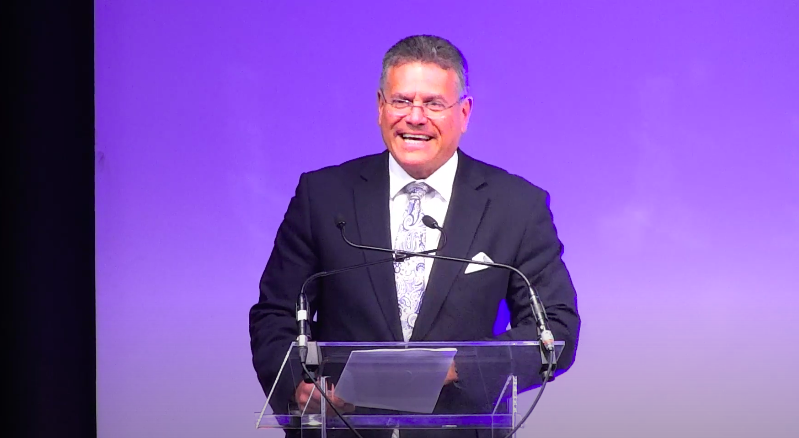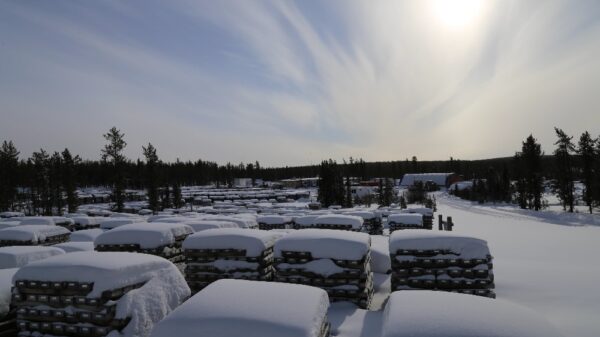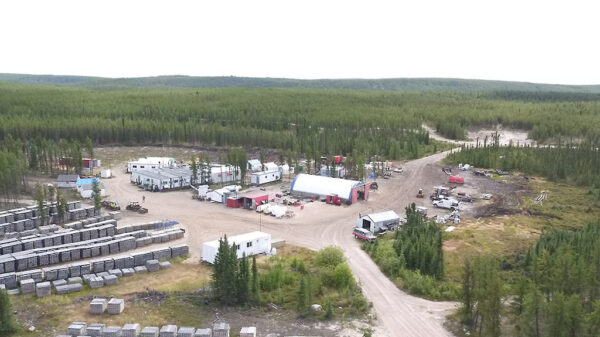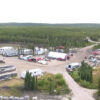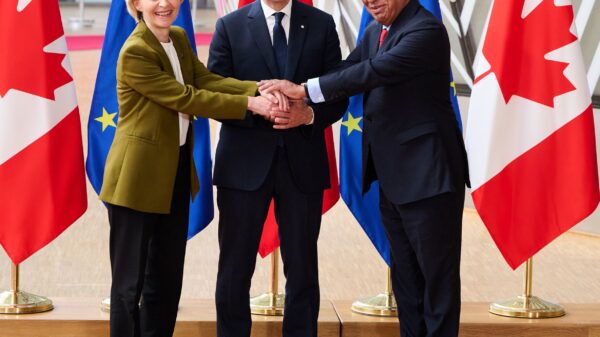Europe will need 30 more nuclear power plants constructed and powered up over the next 15 years to meet clean energy demands.
That is according to the European Commission’s Vice President Maroš Šefcovic. He made the prediction during his oral presentation last week at a conference in Belgium titled “Powering Tomorrow, Inspiring Today: Nuclear Energy 2.0.”
Šefcovic is responsible for management and implementation of the European Green Deal: a series of policy initiatives created by the commission to achieve carbon neutrality by 2050.
“Nuclear power has big potential to help us in our decarbonization drive while boosting the competitiveness of our industry and contributing to a secure supply of energy,” Šefcovic said. He is quite enthusiastic about the potential of small modular reactors and fusion reactors in future years.
“These are the topics every European political and business leader is discussing these days.”
Attending the dynamic discussions of @ the Conference "Powering Tomorrow, Inspiring Today: Nuclear Energy 2.0" on the role of nuclear power in decarbonization, complementarity between technologies, innovation and financing.https://t.co/CVt8gBbUlw pic.twitter.com/492aevwGP3
— Clara S (@ClaraStaicu) April 12, 2024
Read more: ATHA completes 92 Energy acquisition; prepares for drill program at Gemini project in Q3
Read more: ATHA Energy expands into new Canadian territory with 2024 exploration program
Europe needs about 200 reactors by 2054 to meet targets
The event was hosted by the French state-owned nuclear company Électricité de France. EDF is currently responsible for ongoing construction of the major Hinkley Point C power plant in the United Kingdom. The Swedish energy producer Vattenfall and Finland’s Fortum Oyj (HEL: FORTUM) hosted as well.
“Only nuclear and hydro can produce the required constant base load 24/7,” EDF chief executive Luc Rémont said.
Europe currently has over 150 nuclear power units in operation which supply 22 per cent of the continent’s electricity. However, this substantial contribution is insufficient for the objectives of the Green Deal.
The majority of those reactors, 100, are situated in 12 of the European Union’s member states. Depending on how many reactors are at each plant constructed over the next decade and a half, Europe will likely need somewhere over 200.
The European Commission is currently aiming to reduce greenhouse gas emissions in the continent by 90 per cent in comparison to 1990 levels. It seeks to achieve this goal by 2040.
“Tackling the climate crisis is a marathon, not a sprint,” Wopke Hoekstra, European Commissioner for Climate Action, said in February.
rowan@mugglehead.com

